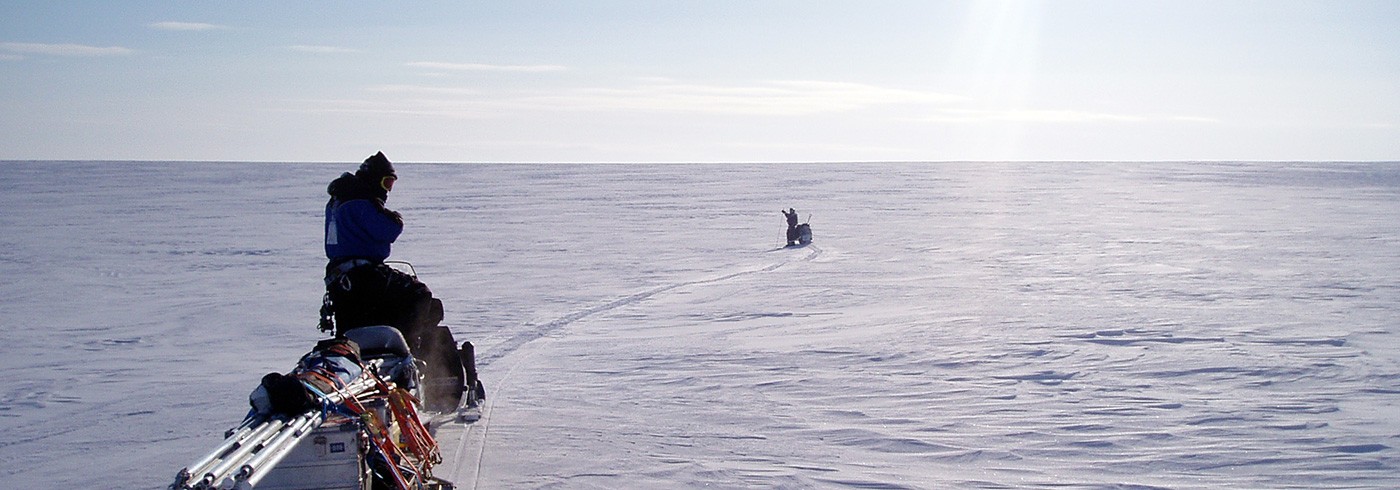The Kinnvika project was a logistic platform for scientists to manage research, with a base at the old Kinnvika station in Svalbard, but also a way to coordinate individual research initiatives into a larger scientific framework. The project was represented by more than 50 scientists from more than ten countries. The science involved several disciplines in the Earth Sciences, but Human Sciences were also represented.
The general scientific objective focused on Arctic warming and on this fairly unexplored part of the Arctic. Global change has the largest effect in the high Arctic due to the larger excess energy expected, and the northernmost areas will be the area’s first to show signs of change and stress on the cryosphere and of the ecotone. This made climate change and impact research the highest priority for Kinnvika.
Svalbard and Arctic change
Regional modelling of the future of the Arctic predicts that the average warming over the High Arctic will probably be in the range of 5–7 °C during this century. With the projected large warming of the Arctic, areas closer to the advection pathways transporting heat will initially be worse affected than areas that are more isolated from exchange of heat. Svalbard is such a sensitive area, due to the proximity to the North Atlantic Drift, and may be expected to show large changes with future warming. Since Svalbard is the northernmost land in the European sector of the Arctic, and Nordaustlandet is the northernmost large terrain in Svalbard, changes taking effect here will most likely propagate southwards, both as physical processes and as economic and political consequences for our societies, making this an issue that needs to be taken seriously by the Nordic countries.
Important scientific questions focus on:
- climate change and impact research
- climate and environmental monitoring
- mapping of bio- and geosystems
- polar history
Because of its position the island of Nordaustlandet is climatically more affected by Arctic air and therefore more extreme than the other parts of Svalbard. It was chosen as the study site for several reasons:
- Being the northernmost sizeable terrestrial platform in the European sector of the Arctic, Nordaustlandet will be the first to experience large sets of changes due to present warming which is expected to continue in the future.
- Being farthest away from Eurasian pollutant sources and from the influence of the north-eastern Atlantic Drift, Kinnvika provided unique conditions for monitoring of meteorological and environmental parameters.
- Being sparsely studied, Nordaustlandet is relatively poorly mapped with respect to ecosystems, terrestrial deposits and geological sequences.
- Svalbard plays an important part in Nordic polar history, and Nordaustlandet has been at the centre of whaling and hunting activities, as well as of early polar exploration efforts.
Research focus in this area will significantly advance our understanding of past, present and future environmental changes in the North Atlantic and Arctic regions. The relatively small human footprint in the area was another important reason for conducting the IPY project on Nordaustlandet.
The research was carried out during six research expeditions to Kinnvika during the spring and summer seasons of 2007–2009.
Principal investigator
Veijo Pohjola
Uppsala University







